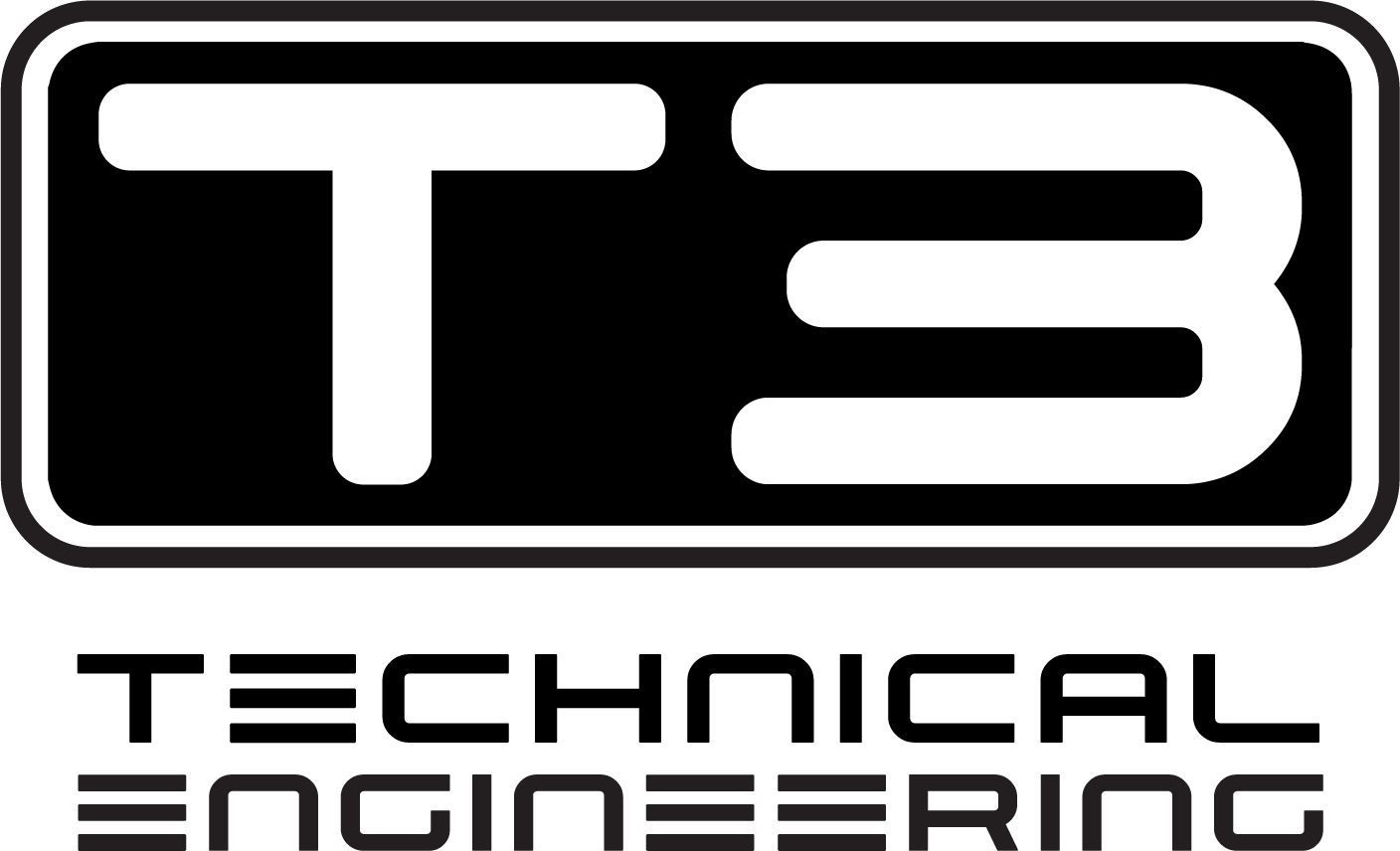Municipal Solid Waste
MIXED WASTE IS BASED ON A “ONE BIN COLLECTION SYSTEM”
A “one bin” collection material stream contains recyclable material such as paper, cardboard, plastic, and metals mixed in with Municipal Solid Waste (MSW) that includes material such as wet napkins, paper food plates, plastic film, wood, diapers, and food waste. This is common where a single stream or dual stream collections are not available. It is also an option in larger population centers, where waste hauling companies are looking for ways to reduce collection costs, therefore, considering a Mixed Waste, one bin collection system.
MULTIFAMILY WASTE STREAMS (MFD’S) COULD COME FROM APARTMENTS, COLLEGE CAMPUSES AND TOWNHOUSE COMMUNITIES.
These consumers often have less options for recycling and many higher value recyclable items end up in the same container as last week’s dinner leftovers. Since this valuable material is mixed in with MSW, there are challenges in separation and maintaining value. In MFD’s wastes, there is less newspaper, but higher amounts of OCC. The streams can tend to be aggressive with broken furniture, larger residue items, old electronics, automotive parts and throwaway household items.
MUNICIPAL SOLID WASTE IS THE LOWEST VALUE WASTE OF THEM ALL.
Locations where the population utilizes their recycling bin often will have an even lower value material in the “other” can. Food waste can make up a large percentage of this stream and it is essential to remove this early in the process and divert from landfill. The organics can be used for compost or energy production via wet or dry anaerobic digestion. Of the remaining material, the goal is to recover the highest value items while keeping equipment and maintenance costs to a level where the return on investment is positive.
Organics & Compost
Organics & Compost:
Does your community have specific bins and a collection for green waste and/or food waste? Are you looking for ideas on how to process this, whether just turning it into valuable compost or going into an Anaerobic Digestion (AD) system for methane production? Regardless of the situation, the material must be pre-processed by special machines focusing on removing contamination and preparing the material for the next step in the process.
Organics:
We wish our organic waste streams were as clean as in Europe, but the fact remains that Americans still contaminate their organic waste with fiber, plastics, and glass. Also, the majority of organic waste in the United States ends up in MSW or mixed waste streams which are considerably more contaminated than source separated organics. It is more important than ever to collect the organic fines from these input material streams and divert them from landfills. How can you collect these organics? How can you clean these organics to prepare them for AD?
Compost:
There are massive amounts of land that can benefit from compost to remediate soil. Having the right compost product for the job is very important. How can you produce the product for your customer’s needs? It starts with understanding your input fraction, the composting process, and how to modify these to reach the correct recipe. Aside from the chemical and biological aspects, compost still needs to be processed to create the proper sizing, structure, and purity. Cleaning contaminants out of the compost, such as glass, hard plastics, and film plastics is necessary to achieving your highest value for the material.
Construction and Demolition
Construction and Demolition:
Construction and Demolition wastes (C&D) can greatly vary from location to location. Could your material be considered similar to a Commercial and Industrial (C&I) with more fiber & OCC packaging? Or is your location closer to a large metropolitan city where concrete sections, brick, rebar and drywall are of high percentage? In Oregon the percentage of wood is high in C&D inputs. We know “C&D” material can have large variances, so it is important when calculating your value proposition to know how much of each type of material there is and the cost to recover it. The best practice to process this material is simple; Screen it, Clean it, and Sort it. The challenge is finding the most robust equipment items for each of these steps and an expert to show you how they can be set up for years of successful processing with maximum uptime. Can you find the details to succeed? Call T3CHCOMP to learn more.
Plastics & Glass
Plastics and Glass Cleaning:
Today’s MRFs only recover glass and plastic to a certain purity level. Trends show that the contamination levels are increasing as many processors rather sell “dirtier” material than send more to landfills. This puts the burden on secondary processors.
Glass Cleaning is a tough business! The companies that purchase recycled glass for their final products expect over 99.9% purity! However secondary processors that get their raw material from MRFs are lucky to get inbound material at 80% glass purity! In some cases, sub 50%! The lower the glass purity coming in, the more equipment, more runs, or more time is needed to clean this material, making quite a challenge. Do you know the best processes and equipment available? Do you know how the leaders in the industry are doing it? Call now to learn more.
Plastics Processing can be looked at in both front end (whole containers) and back end (plastic flakes). Either way, the material must be cleaned and prepared for the next process in line. Removal of non-desired plastics, aluminum, and ferrous items than damage granulators/shredders must be removed early in the process. After plastics have been processed into flakes, it takes very precise equipment to achieve the best possible output.
Let’s Work Together
Schedule a free 15-minute consultation to learn how T3CHCOMP can plug into your business to deliver results that matter.
